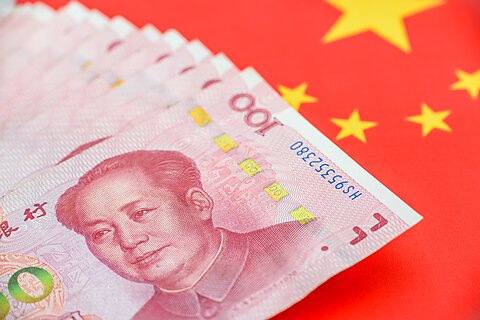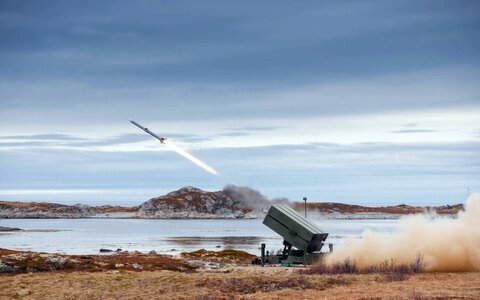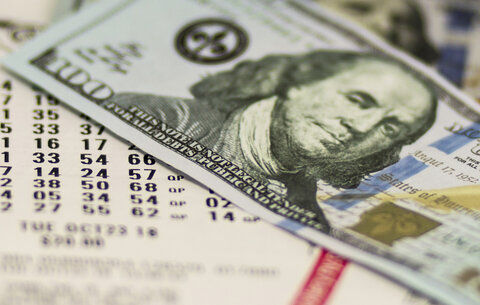
The Benefits of China’s Market Reforms and Opening to the Outside World Should Not Be Forgotten
China’s strong economic growth following its shift from state‐led development (central planning) to marketization in 1978, and its drive to join the World Trade Organization (WTO), are testaments to the idea that widening the range of choices open to people—via internal and external trade—is a winning strategy. This blog post draws on my essay, “China’s Post‐1978 Economic Development and Entry into the Global Trading System,” which is part of Cato’s Defending Globalization series.
From Plan to Market
Under Mao Zedong, private property was outlawed, private entrepreneurs and landlords were treated as criminals, and Soviet‐style central planning dominated economic life. Industrial policy and central planning under Mao proved to be a massive failure; they did not bring about sustainable economic growth or widespread prosperity.
Deng Xiaoping recognized the failure of state‐led development. He took a pragmatic approach to reform. If open markets could help improve life for the Chinese people, then it made sense to try that option—even in a socialist state. His mindset was that, “It doesn’t matter if a cat is black or white, as long as it catches mice.” The Chinese Communist Party’s (CCP’s) primary focus became economic development rather than class struggle.
The impetus for marketization came from those who were harmed the most under Mao’s disastrous policies—namely, people in rural households who had been forced into communes and suffered from the Great Famine. Some farmers began to contract with local authorities to gain rights to lease land from the collective and sell produce in private markets once official quotas were met. As the informal contracting system gained popularity, it was eventually sanctioned by officials. In 1982, Deng recognized the new institutional arrangement and labeled it, “the household production responsibility system.” See Kate Xiao Zhou, How the Farmers Changed China: Power of the People (1996: 3–4).
The essence of the household responsibility system, as Zhou points out in her book, is that it arose spontaneously as farmers sought to gain autonomy in their everyday lives and improve their standard of living. When farmers became richer, they began to create township and village enterprises (TVEs). While some of the TVEs were associated with collectives, the most dynamic ones were de facto privately owned. In 1978, at the beginning of the reform movement, there were no legally registered private TVEs, but by 1985 there were 10 million (Huang 2012: 154).
As individuals “jumped into the sea of private enterprise,” the nonstate sector grew, and market pricing spread. At the beginning of 1978, prior to the development of a market economy, most prices were still either guided or fixed by the state. However, by 1999, 95 percent of retail commodity prices, 83 percent of agricultural commodity prices, and 86 percent of producer goods prices were set by the market, not the plan (Lardy 2002: 24–25).
In October 1987, the CCP officially recognized the role of private enterprises in spurring development—referring to them as a “supplement” to the “socialist economy.” The following year, that recognition was reflected by amending the Constitution of the People’s Republic of China (see Zhang 2015: 17).
Top‐down privatization was not the path to marketization in China. Rather, as Barry Naughton points out in Growing Out of the Plan: Chinese Economic Reform, 1978–1993 (1995: 8–9), China grew out of the plan by allowing development of the nonstate sector. In 1984, top officials agreed to keep planned output targets fixed along with resources allocated to the planned sector of the economy. As productivity in the market‐oriented sector grew, the contribution of the plan to national output declined.
It is striking that in 1978, state‐owned enterprises (SOEs) accounted for nearly 80 percent of gross industrial output, but by 2016, their share had declined to 20 percent (Lardy 2018: 333).
After mass protests erupted in Tiananmen Square during the spring of 1989, the reform movement stalled. Economic growth slowed until 1992, when Deng took his famous Southern Tour of the special economic zones (SEZs), which he helped establish in the early 1980s. Deng’s main message on his tour was that, “It doesn’t matter if policies are labeled socialist or capitalist, so long as they foster development” (see Naughton 2007: 99).
Opening to the Outside World
Prior to joining the WTO in 2001, China unilaterally liberalized its foreign‐trade sector (see Drysdale and Hardwick 2018). Domestic prices became more market‐oriented as firms were subject to foreign competition and the international price system. Resources were more efficiently allocated, and more open markets meant the Chinese people could benefit from both greater consumption opportunities and the exchange of ideas.
Nonstate enterprises were the driving force in foreign trade. As trading rights were expanded, the number of domestic firms engaged in foreign trade increased from 12 in 1978 to more than 5,000 a decade later. By 2001, the number of domestic firms engaged in foreign trade reached 35,000 (Lardy 2002: 41). After accession to the WTO, the general tariff level fell to 9.8 percent in 2007, compared to 16.4 percent in 2000 (Wang, Fan, and Zhu 2007: 35). Marketization reached new levels and the foreign trade share of GDP accelerated. Today, China is the world’s largest trading nation.
Although much progress has been made in integrating China into the global economy, much remains to be done (see Packard 2023). The lack of an independent judiciary; overreliance on SOEs, which are about 20 percent less productive than private‐sector firms (IMF Staff Report 2021: 12); financial repression; and abusive practices, such as cyberhacking into commercial networks and repression of free speech, threaten future progress.
Conclusion
China became an economic powerhouse by opening its markets, recognizing the nonstate sector, and allowing individuals to lift themselves out of poverty. Attempts at industrial policy, under the State‐Owned Assets Supervision and Administration Commission, failed (Lardy 2018: 335–36). The lesson for China is to continue on the path of marketization and liberalization, not to revert to destructive state control and repression.
China can learn from its own history as well as from the West that economic and social harmony cannot be imposed from above. The challenge is to allow a free market for ideas, as well as for trade in goods and services, by institutional reform that protects both economic and personal freedom.



